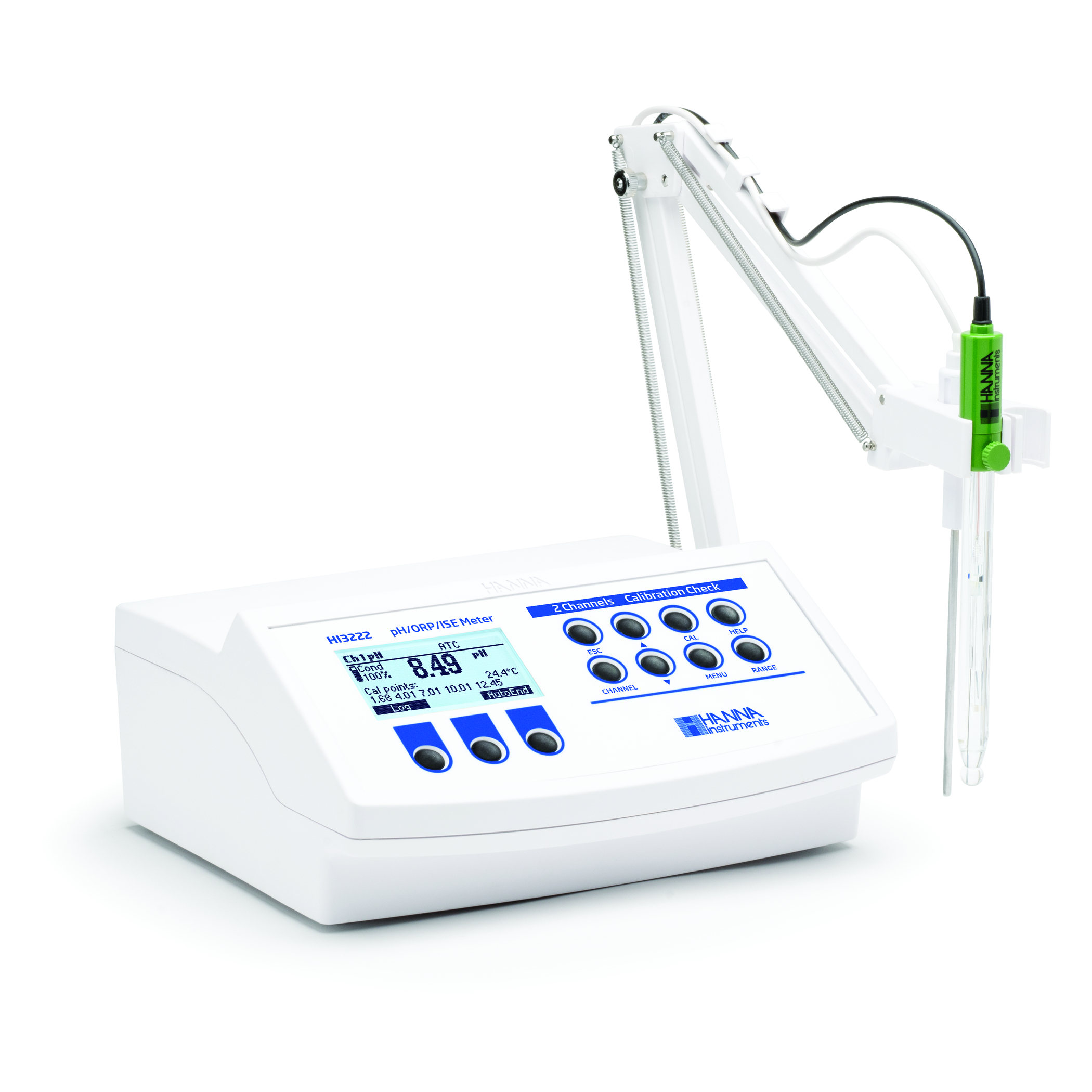
Importance of determination of Hardness and Alkalinity of water
With rise in the requirement of water for industrial, agricultural, and domestic consumption, resources are being used and re-used more
End of Content.
End of Content.

Although many people still shudder at the thought of consuming something containing a colony of bacteria and yeast, kombucha is becoming an increasingly popular drink across the world. Kombucha refers to a variety of fermented tea beverages. Due to the fermentation, its taste is both acidic and sweet, with a bit of effervescence from carbon dioxide produced by the fermentation. The emerging popularity of kombucha is likely due to its potential health benefits: kombucha is purported to alleviate symptoms from the common cold to gastrointestinal problems. Since its rise to reemergence in US markets, kombucha has exploded in popularity. The global kombucha industry is currently estimated at 600 million US dollars, with projections up to 1.8 billion by 2020.
All kombucha begins as a sweetened black or green tea. The tea is then fermented by a SCOBY, short for a symbiotic colony of bacteria and yeast. The bacteria and yeast work together; yeasts break down the sugar to ethanol and carbon dioxide and the bacteria convert the ethanol to acetic and gluconic acid. The fermentation process usually takes between seven to ten days. The resulting beverage is high in acidity with some trace levels (<0.5%) of ethanol. Residual sugar that was not consumed by fermentation provides some balancing sweetness. Additional ingredients may be added after fermentation to provide additional flavor. As a fermented beverage, the FDA requires kombucha producers to submit a food safety plan (HACCP) to ensure safety. Further, food safety specialists have urged kombucha producers to monitor the fermentation. This is because kombucha can easily overproduce acetic acid, leading to metabolic acidosis. In an effort to increase quality and safety, most commercial kombucha producers closely monitor the pH, acidity, and fermentation times as part of their HACCP program. This way, fermentations can be terminated once the acidity and fermentation times have reached critical levels. The recommended titratable acidity and pH of kombucha is 30g/L and pH >2.5. If TA and pH are outside of these levels, producers may elect to dilute the kombucha with water as a corrective action.
A kombucha producer contacted Hanna Instruments for a method to determine the pH and acidity of their fermenting and finished kombucha products. As a new company, they were not familiar with the methodology for determining these parameters. Hanna Instruments offered the HI932 Automatic Potentiometric Titrator for their analysis. The customer appreciated how the entire team at Hanna Instruments walked them through the analysis process.
The HI932 can perform a pH calibration up to 5 points; the customer appreciated the ability to calibrate to pH 1.68, pH 4.00, and pH 7.00 in order to bracket their expected pH ranges through the fermentation process. The customer was also happy to hear that the instrument could determine not only total titratable acidity but also both non-volatile acidity (expressed as gluconic acid) and volatile acidity (expressed as acetic acid) separately. Since acetic acid is volatile, the volatile acids can be boiled off and gluconic acid and other minor non-volatile acids could be determined. Although the customer was not at the point where high throughput was necessary, they appreciated the option to add on an autosampler as their needs grow. Overall, the automatic titrator helped the customer achieve their commitment to producing tasty, safe products.

With rise in the requirement of water for industrial, agricultural, and domestic consumption, resources are being used and re-used more

Any time you pick up a metal object, chances are that the item has some sort of plating on it.
To empower customers to achieve quality
by supplying intuitive, accurate, and reliable analytical instruments with exceptional customer service and value.
We take pride in every product we build. From an original idea, to a completed product ready for testing. We oversee every aspect of the manufacturing process. It is this level of attention to detail that sets us apart.
To empower customers to achieve quality by supplying intuitive, accurate, and reliable analytical instruments with exceptional customer service and value.
We take pride in every product we build. From an original idea, to a completed product ready for testing. We oversee every aspect of the manufacturing process. It is this level of attention to detail that sets us apart.
To empower customers to achieve quality by supplying intuitive, accurate, and reliable analytical instruments with exceptional customer service and value.
We take pride in every product we build. From an original idea, to a completed product ready for testing. We oversee every aspect of the manufacturing process. It is this level of attention to detail that sets us apart.